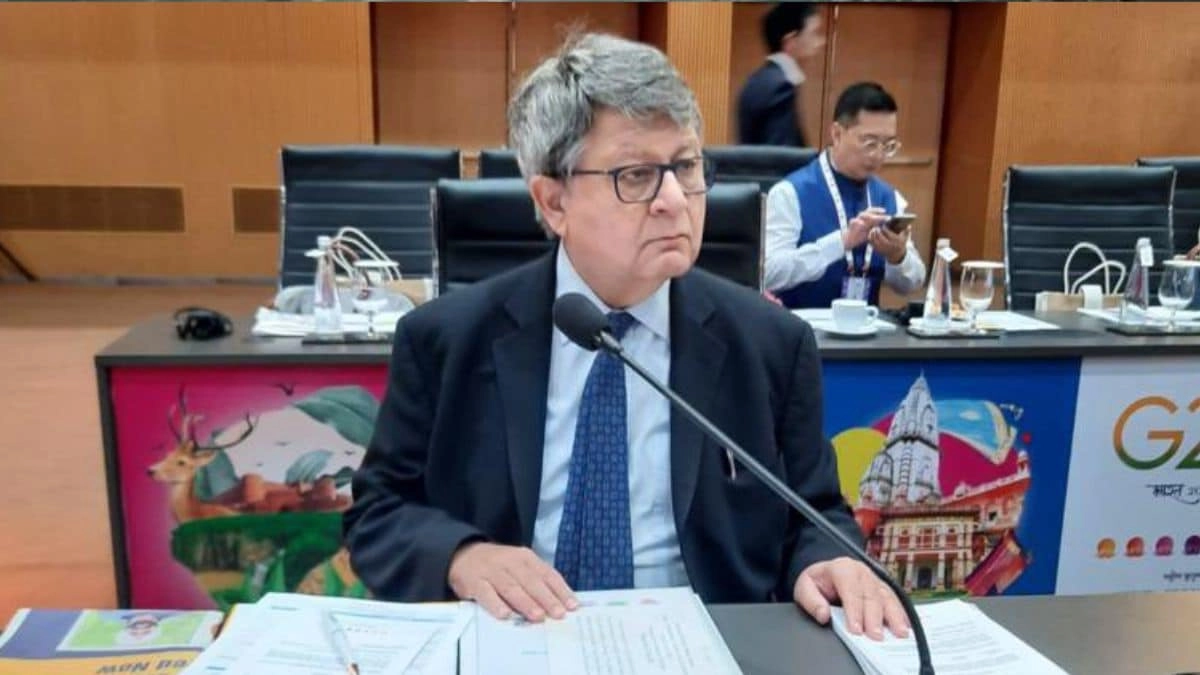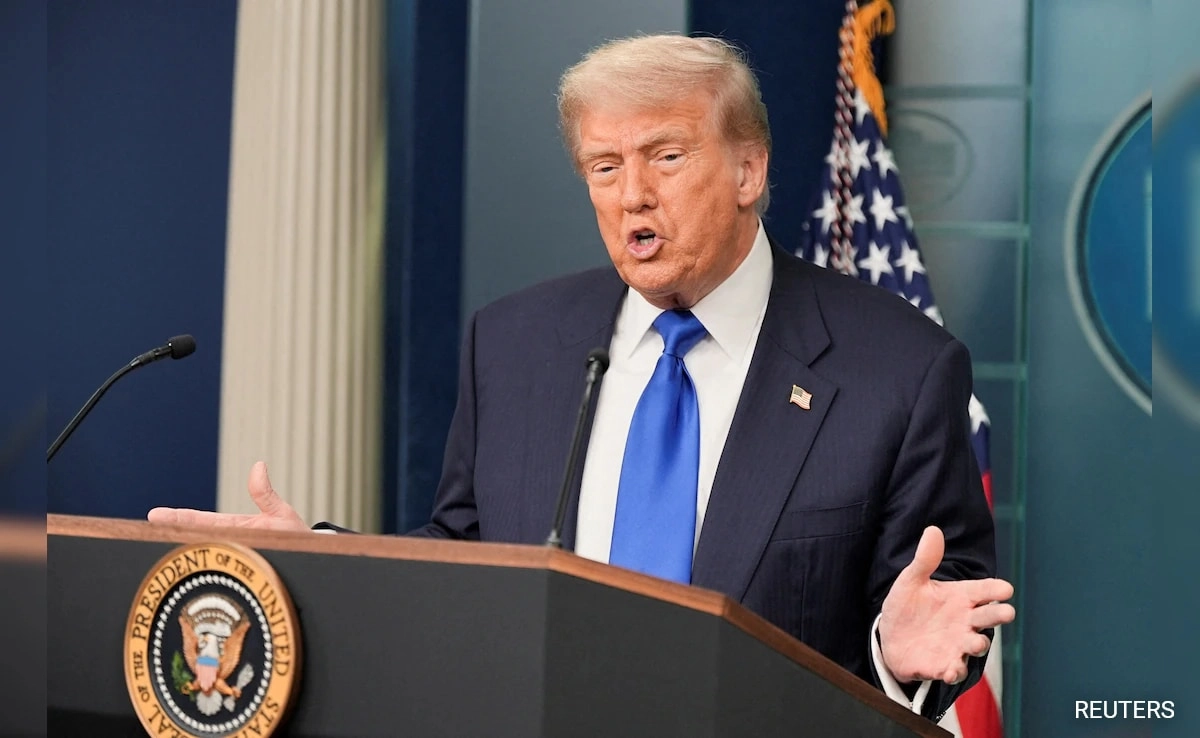A top official from NITI Aayog has expressed concern over the widening gap between high- and low-income states in India, particularly in terms of their gross domestic product (GDP). This disparity not only reflects economic inequalities but also poses substantial challenges for sustainable development across the nation. The official highlighted that while some states have made significant strides in economic growth, others continue to lag behind, resulting in a polarized economic landscape. Such differences can lead to social unrest, hinder collective growth, and impede the overall progress of the country.
The implications of this growing income gap are multifaceted. High-income states are often better equipped with resources, infrastructure, and opportunities, allowing them to attract investments and talent. In contrast, low-income states struggle to provide basic amenities and services, which further perpetuates the cycle of poverty and underdevelopment. The NITI Aayog official emphasized the need for targeted policies and interventions to bridge this gap, ensuring that all states can benefit from India’s economic growth. By focusing on inclusive development, the government can help create an environment where every region has the potential to thrive.
Addressing this issue requires a coordinated effort from various stakeholders, including state governments, the central government, and the private sector. The implementation of equitable policies that promote investment in low-income states, improve infrastructure, and enhance education and healthcare services is crucial. Moreover, fostering entrepreneurship and skill development in these regions can empower local populations and stimulate economic activities. The NITI Aayog’s commitment to addressing this disparity is essential for achieving balanced growth and ensuring that every citizen can partake in the nation’s prosperity.
In conclusion, the widening income gap among states is a significant concern that requires immediate attention and action. By prioritizing inclusive growth and equitable resource distribution, India can move toward a more balanced economic future, where the benefits of development are shared by all regions. This will not only enhance the quality of life for millions but also contribute to the overall stability and unity of the nation.




